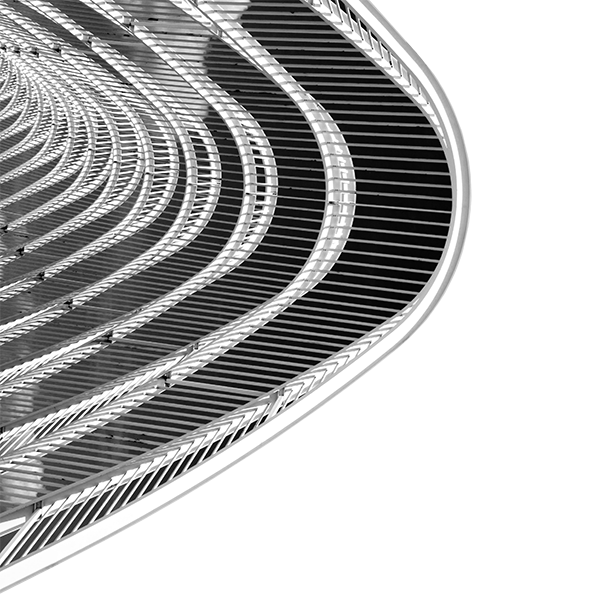CEM for HIRF
A HIRF Analysis Tutorial
EMA Technical Staff
This series of posts provides background information on HIRF certification requirements and on CEM procedures and analysis that can support the aircraft certification process.
Edited by Jennifer Kitaygorsky, PhD
HIRF Table of Contents
1: EMA® HIRF Background (IEL)
1.1 The Need For CEM HIRF Evaluations
1.2 Computational Tools
1.3 Intent
1.4 Summary of Contents
1.5 Contributors to This Document
2: HIRF Certification Requirements
2.1 Relevant Requirements Documents
2.1.1 FAA 14 CFR Parts 23, 25, 27, 29
2.1.2 Advisory Circular 20-158 (2007)
2.1.3 ARP5583 Rev A (2010)
2.1.4 DO-160F (2007)
2.1.5 Users Guide for AC/AMJ 20-1317 (1999)
2.2 Application of Certification Documents to CEM HIRF Analysis
3: Methods of Modeling Cable Harnesses For LLSC Evaluation
3.1 Canonical Aircraft Model
3.1.1 Figure of Merit
3.1.2 Broadband Source
3.2 Single Cable Investigations
3.2.1 Source Angle of Incidence and Probe Location
3.2.2 Cable Resistance
3.2.3 Cable Diameter
3.2.4 Number of Harnesses
3.3 Multi-Conductor Investigations
3.3.1 Baseline Model
3.3.2 Single Wire and Multi-Conductor Harness
3.3.3 Cable Packing Variations
3.3.4 Cable Branching
3.3.5 Cable “Micro-Branching”
3.3.6 Skin Depth Effects
3.3.7 Combinations of Features
3.4 Summary and Conclusions
4: Computational Electromagnetics: Methods of Modeling Aircraft for LLSF Evaluation
4.1 Introduction
4.1.1 Figure of Merit
4.2 Canonical Box Model
4.3 Power Balance Method and Statistical Electromagnetics
4.3.1 Cavity Statistics
4.3.2 Cumulative Distribution Functions
4.3.3 Field Homogeneity
4.3.4 Field Isotropy
4.3.5 Shielding Effectiveness and PWB
4.3.6 Angle of Incidence Variations
4.4 Evaluation of Absorption Losses in Boeing 707
4.4.1 Simplified Aircraft Model Setup
4.4.2 Shielding Effectiveness
4.4.3 Decay Time Constant and Q
4.4.4 Cabin Analysis
4.5 Summary and Conclusions
References


